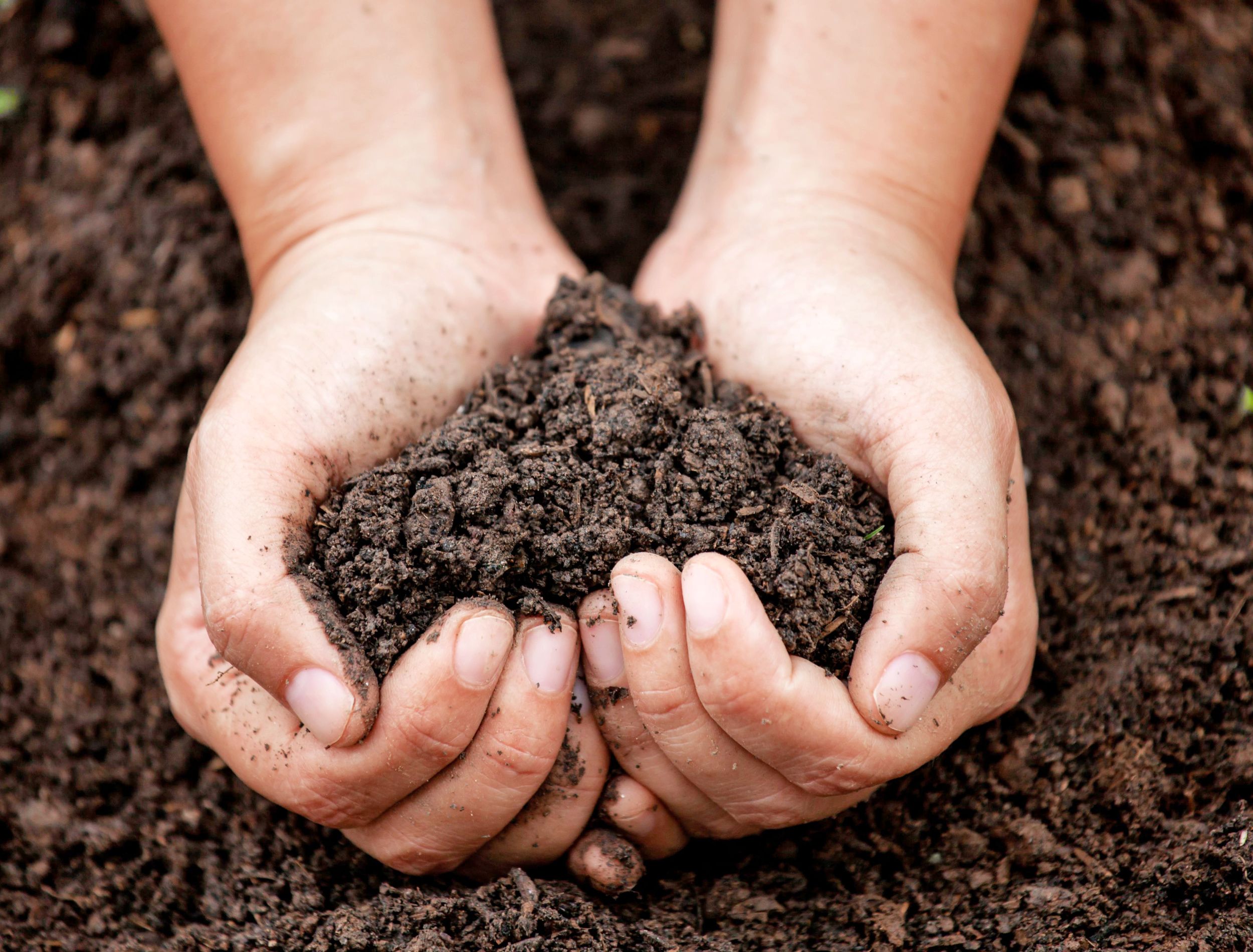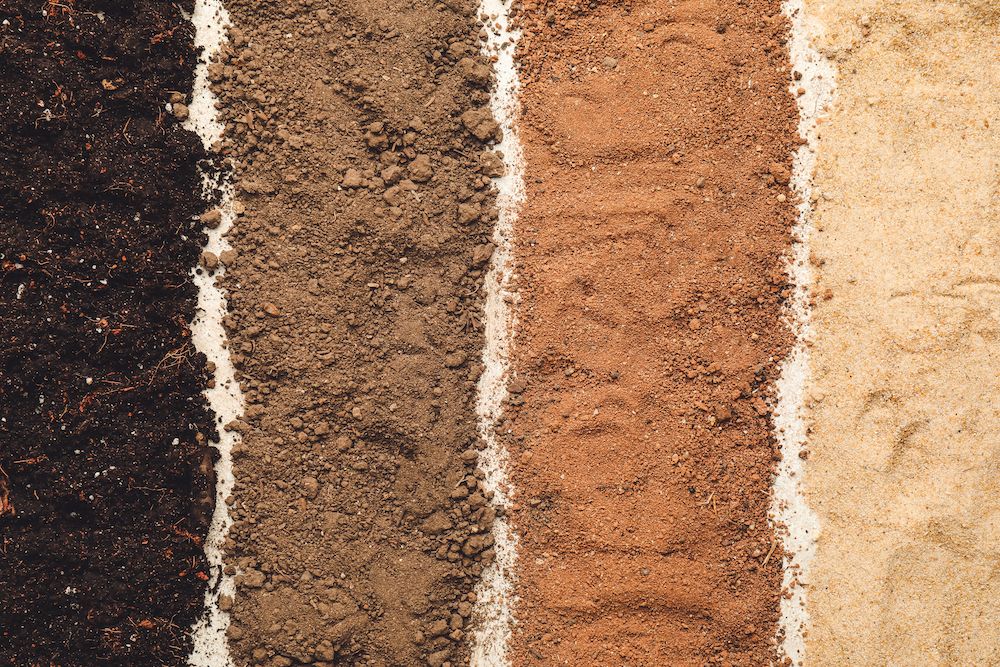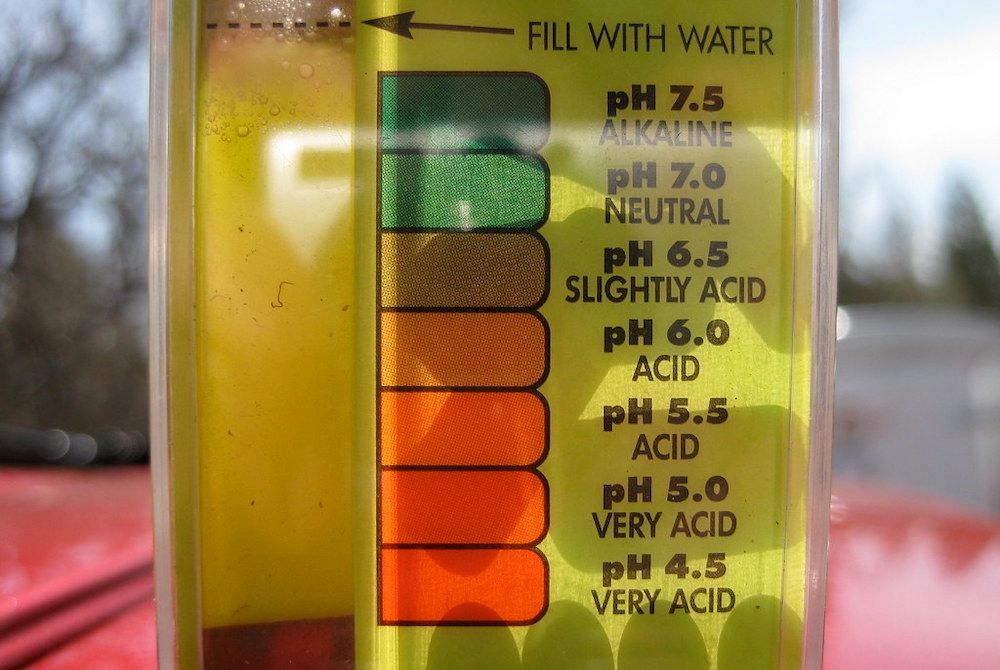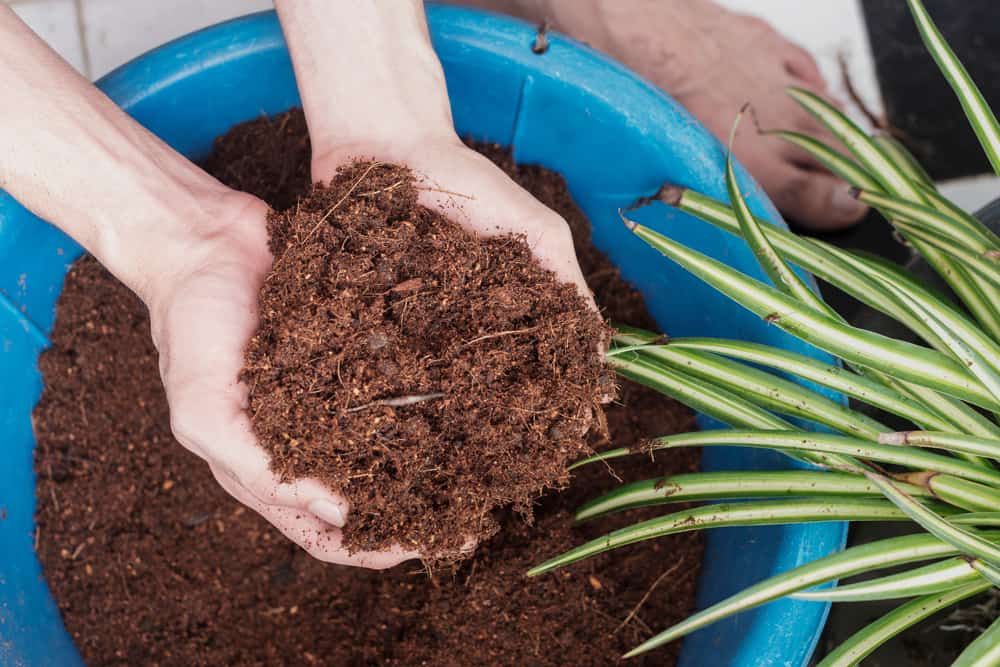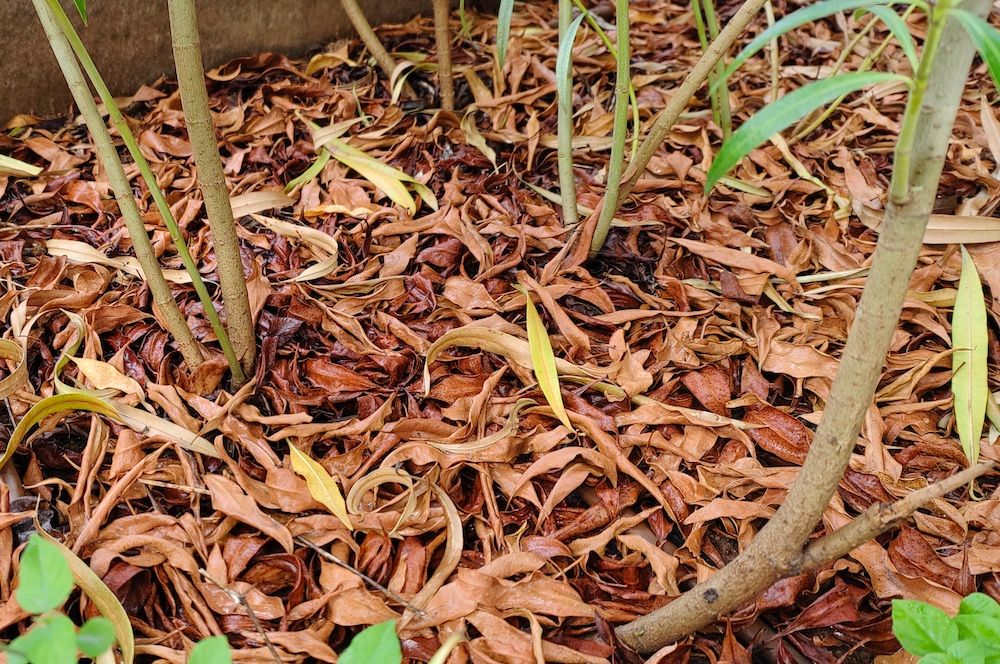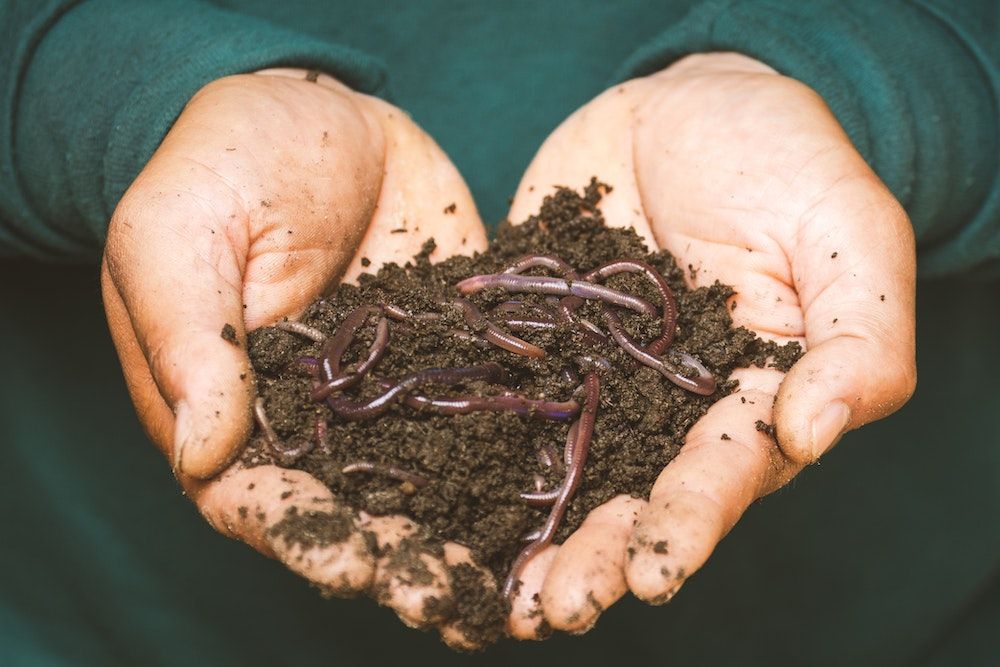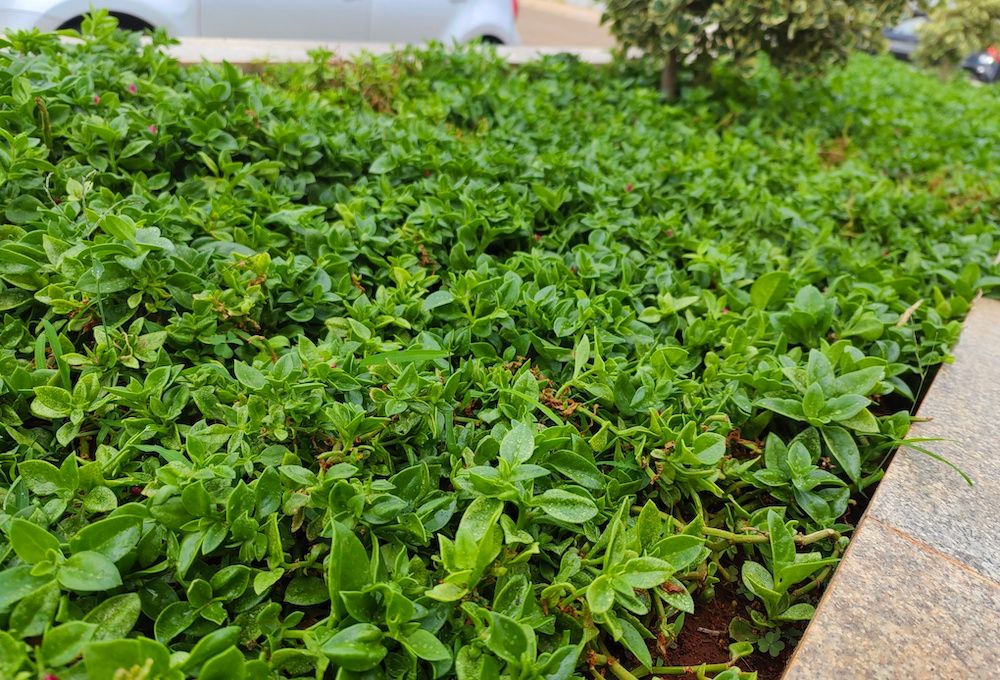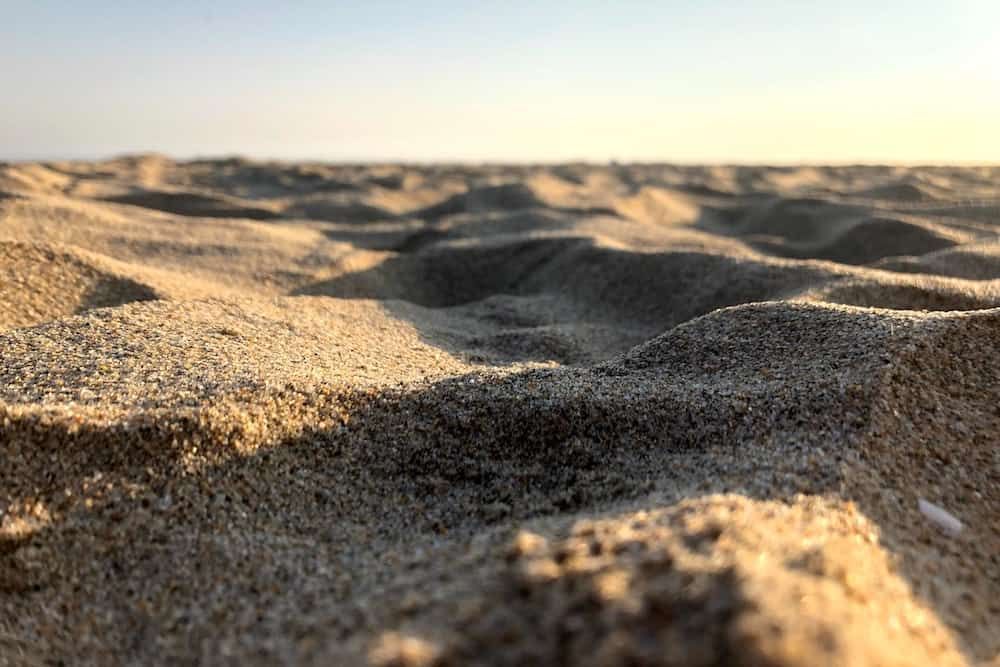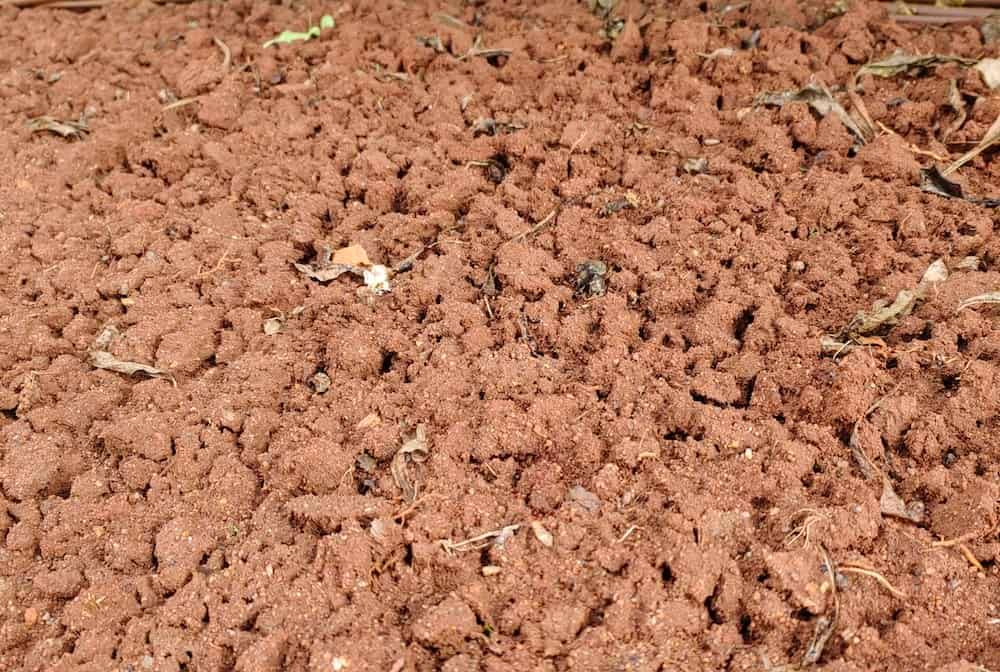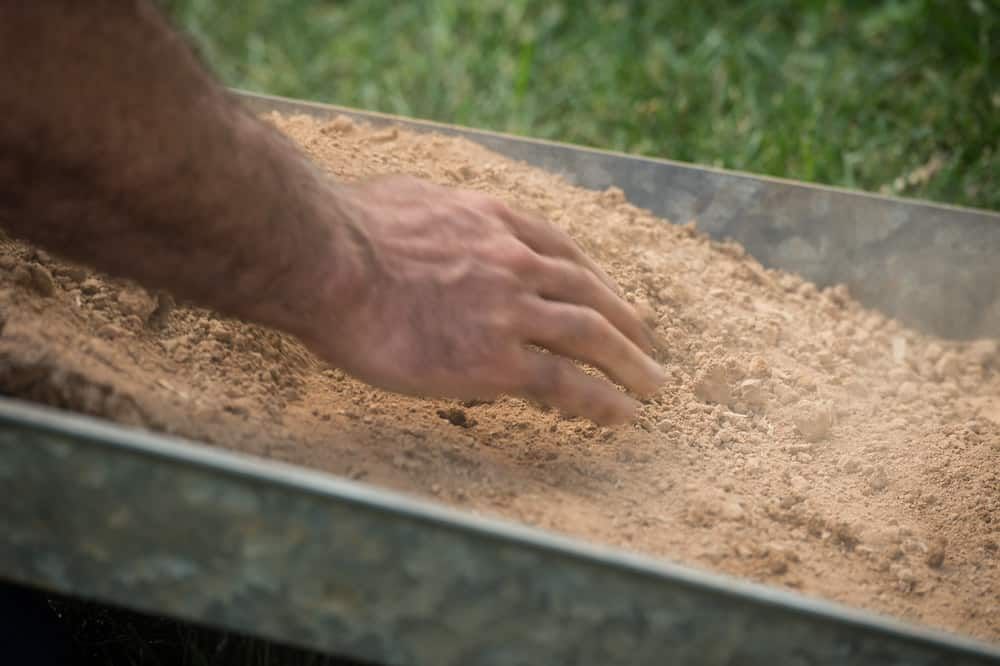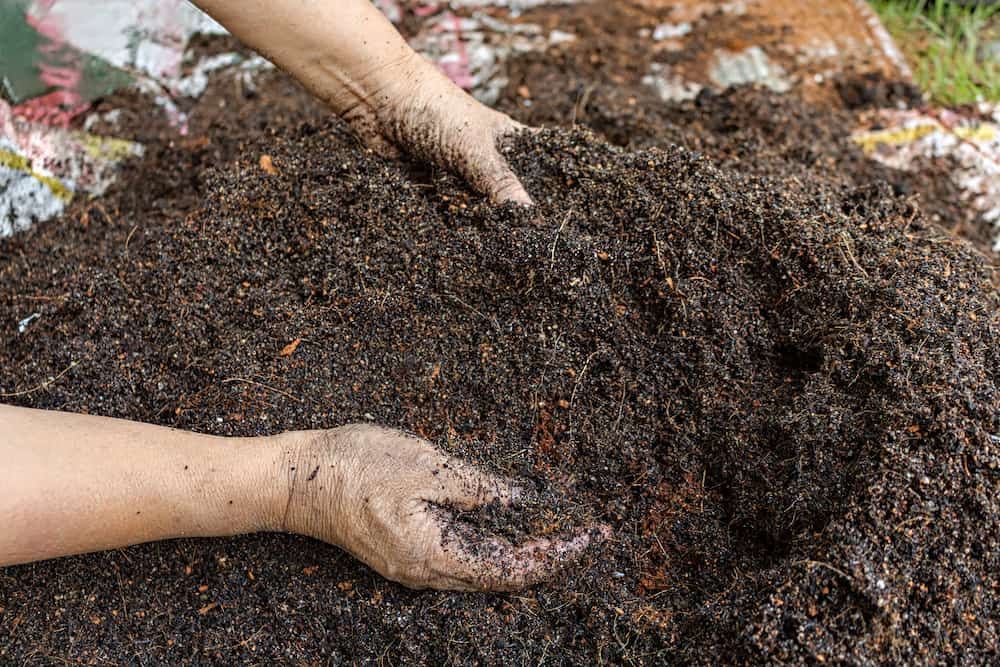With the impending winter, many gardeners put their gardening tools to rest for a little bit. However, before you do so, why not spend some time prepping your garden soil for the next growing season?
Is prepping your soil as simple as throwing some compost in and hoping for the best? Not exactly. There are some things to do and consider. It's well worth it, though. Spending just a little bit of time improving your garden soil can jumpstart your plants in the upcoming growing season.
Prepping Your Garden Soil for the Next Growing Season
While prepping your garden soil for the next growing season isn't difficult, there are various things you can do to ensure the process goes smoothly.
Understand Your Soil Type
Image credits: Pixel-Shot via Shutterstock
Before prepping, you'll need to test your garden soil for fertility to see what it's lacking and how you can improve it. It's always a good idea to amend the soil after testing it first. Making amendments haphazardly can cost you your plants.
You can use household items for DIY soil tests, invest in a garden soil tester, use a soil test kit, or get professional help. If you choose to get professional help, remember it can take one to two weeks to receive results, so plan accordingly.
After testing the soil, answer the following questions:
- Is the soil sandy, clay-like, silty, or loamy?
- Is it well-aerated?
- What are the soil's water retention and drainage ability?
- Does the soil have any nutrients? If so, which ones, and how long will they last?
- How quickly does the soil erode?
Different types of soils need different amendments, and answering these questions will help you zero in on the kind of soil you have.
Figure Out Your Garden Soil pH
Image credits: ryochiji via Creative Commons
After figuring out your soil type, it's time to test your soil's pH. Different plants prefer different soil pH, and since using compost can alter your soil's pH, you need to test it again before growing new crops next year. That way, you can amend your soil according to their needs.
Furthermore, your previous crops will have used up most -- if not all -- of the nutrients you added to the soil during their growing season. So, you'll need to replenish your soil's nitrogen (N), phosphorus (P), and potassium (K) content.
- Nitrogen: Promotes leaf and stem growth and gives leaves lush green colors. Alfalfa, seaweed, compost, feather meal, blood meal, and manure are great ways to add nitrogen to your soil.
- Phosphorus: Supports root growth and early plant development, including blossoming, seed formation, and fruit development. Bonemeal and rock phosphate are great options for adding phosphorus to your soil.
- Potassium: Helps with root health, disease resistance, and better flavor. It is crucial for many root vegetables, such as carrots, turnips, radishes, garlic, and onions. Wood ashes, kelp meal, gypsum, and greensand are great for adding potassium to your soil.
Pro Tip: Don't test your soil's pH immediately after applying lime, fertilizer, or manure to your soil. It's a good idea to test your soil every three to five years after autumn harvests or before applying fertilizers in spring.
Add Organic Soil Amendments
Image credits: G_stockervia Shutterstock
Organic amendments such as compost, wood ash, manure, sphagnum peat moss, sawdust, rice hulls, and coco coir can bring plenty of benefits to the table. Apart from promoting soil aeration and drainage, they also help release minerals and nutrients into the soil for healthy plant growth. To add organic soil amendments to your garden, you should:
- First, spread 2 inches of your organic amendment on top of your garden soil.
- Then, use a rake or a garden fork to mix the amendment thoroughly into the top 8 inches of your garden soil.
- If you add manure or compost to the soil, wait at least three to four weeks before planting to avoid salt damage.
Add Inorganic Soil Amendments
Image credits: LaureniFochetto via Canva
Inorganic soil amendments don't provide many nutrient benefits but can quickly improve your soil's structure. The most popular soil amendments are vermiculite, perlite, lime, gypsum, gravel, and sand. You can use these amendments to fix your soil's drainage, aeration, and water-retention abilities.
Add Mulch
Image credit: Lakeisha Ethans for Backyard Boss
Mulching is another great way to improve your garden soil for the upcoming season. Mulching can:
- Reduce erosion and loss of moisture.
- Control the soil's temperature and keep it warm during colder months.
- Help the root development of your plants.
- Suppress weeds.
- Decrease soil compaction.
According to research, mulch can lower the soil's water evaporation by 10 to 50 percent! If you don't have enough mulch, you can use hedge trimmings, tree prunings, and perennial cuttings as natural mulch. If your natural mulch is still green, it'll add nitrogen to the soil as it breaks down.
Add Earthworms to the Soil
Image credits: Sippakorn Yamkasikorn via Pexels
Earthworms are your soil's best friend. They break down organic matter, speed up decomposition, and leave behind nutrient-rich castings that improve soil aeration, drainage, and structure for healthy plant growth. But can earthworms survive winter?
Some earthworm species, like Dendrodrilus rubidus, can survive temperatures below -40 degrees Fahrenheit. Earthworms that can't survive cold temperatures usually lay their eggs in tiny sacks to prevent them from freezing in the winter.
In spring, when it gets warm, the eggs hatch, and a new clew of earthworms takes over your soil.
Grow Cover Crops
Image credit: Lakeisha Ethans for Backyard Boss
Cover crops are a great way to prevent soil erosion, help control pests, and increase biodiversity. You can grow a variety of cover crops depending on your USDA Zone. Apart from improving your soil's health, cover crops can:
- Attract beneficial insects and pollinators to your garden.
- Enrich the soil with organic matter.
- Some crops, like hairy vetch, can add significant amounts of nitrogen to your soil.
- Help improve the tilth of the soil.
- Help maintain the soil's moisture levels.
Note: Before planting cover crops, check your local laws to ensure they're not listed as invasive species.
Dealing With Different Soil Types
Before adding amendments, it is good to know the four primary soil types and the best additions for each.
1. Sandy Soil
Image credits: Matt M via Pexels
Sandy soil drains and warms up faster than other soil types. Since sandy soil doesn’t retain water and nutrients very well, you can add compost, mulch, and coco coir to improve water retention.
2. Clay Soil
Image credit: Lakeisha Ethans for Backyard Boss
Clay soils are notorious for compacting easily; however, adding some compost will make it easier to work with them. Moreover, you can add fine bark or straw to give it a better structure. Refrain from adding sand to the mix, as you may end up with a cement-like texture instead of soil!
3. Silty Soil
Image credits: USDAgov via Creative Commons
Silty soil is susceptible to erosion but retains nutrients and moisture. To improve silty soil's poor structure and boost drainage, add an inch of organic matter each year. Don't till it.
4. Loamy Soil
Image credits: PasSaKorn22 via Shutterstock
One of the best soils to work with, loamy soil, is loaded with nutrients and drains well. But, it is acidic and requires a constant boost of nutrition. A soil test will tell you what this soil lacks. If it shows a nutrient deficiency, add organic and inorganic amendments to improve its health and structure.
Rooting For You!
While the off-season may seem like time off, you can do many things to improve your garden soil for the next growing season. From doing a soil test to determine what it requires to adding amendments and mulching, there is plenty to do!
Hopefully, this article was helpful to you! If you have any questions, please leave a comment down below.
Happy Gardening!

